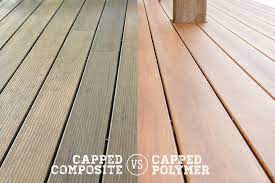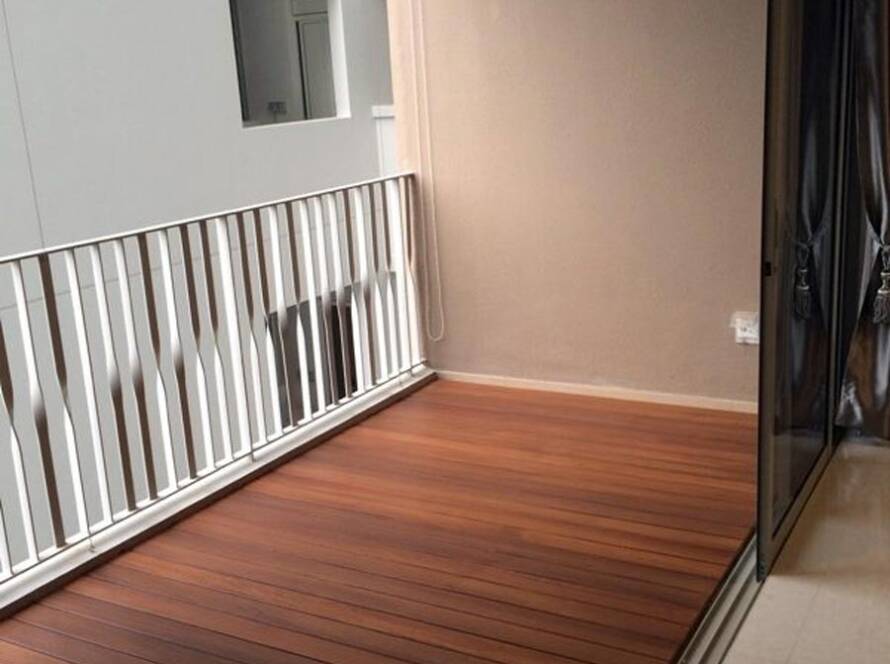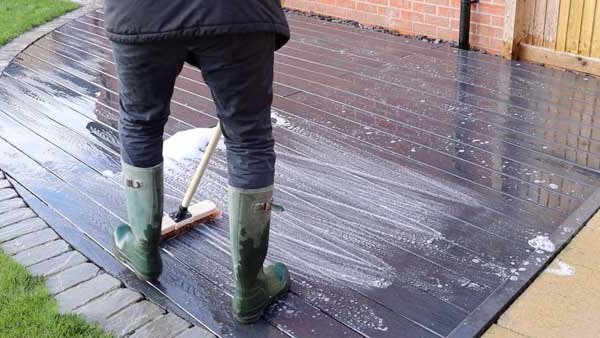Many people might be confused when it comes to capped and uncapped composite decking floors. In fact, some people would perhaps not figure out the difference between them. In reality, the variation between those two types of floors will be recognized and easily identified in the following paragraphs.
Color of Decking Floor
The distinction between capped and uncapped composite decking floor could be easily recognizable by their colors. Actually, color plays a key role in differentiating between the two types of decking floors. It is also an important factor for you to find the best and ideal decking for your house. Not to forget also that based on their various color, the decking floor boards, how will they look once you will install them and lay them in your garden for example. In fact, uncapped decking floors have relatively a more consistent color, so they will initially appear dark in color. On the other, the capped decking floors will have a level of contrast in color and a stunning dual-tone look. These will offer some diversity between boards.
Design of Decking Floor
Let’s first look at the design of capped and uncapped composite decking floors. As a matter of fact, the uncapped decking floor primarily enhanced with timber. Timber mainly defined as a construction material, used especially in decking floors. In addition, timber will reinforce the resistance of these floor. Furthermore, uncapped decking contains molded substances. Those molded materials are in reality an exclusive mix of timber fibers and recycled plastics. On the other hand, capped composite decking floors actually synthesized in the same way as uncapped decking floors when it comes to the core composition. The difference in the design is mainly that the capped decking mainly has an additional layer which considered as a protection. This layer will act as a barrier to any other stresses and stains. To further explain this difference, the capped decking floors have an additional layer made of a polymer shell. This material will be covering the four different sides of the board of this floor. Thus, being covered with a shell, the floor will extrude at a high temperature. This process called the “Coextrusion process”. You might also use it as another name for capped composite decking.

Resistance to Stain
As it is previously mentioned and explained, the capped composite decking floor has the unique characteristic of being covered by an additional protective layer. So, the advantage of this layer will also be that there is a blanket that is mainly non-porous and considered a high and effective method to resist stains. Therefore, the decking floor will ensure that the excess dirt and residue will be on the surface. Thus, you can secure a safer floor. However, the uncapped material will be much more subject to residues and stains, especially since it doesn’t have a protective layer.



